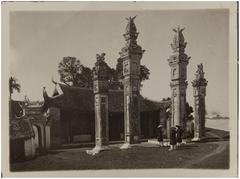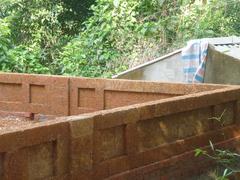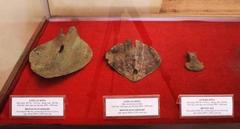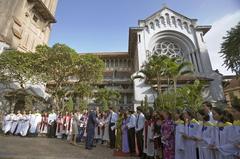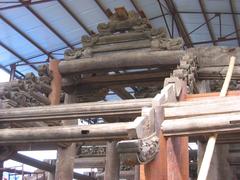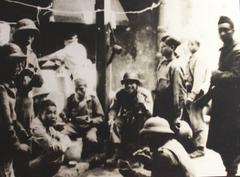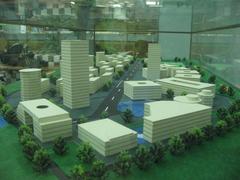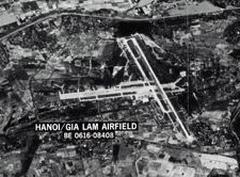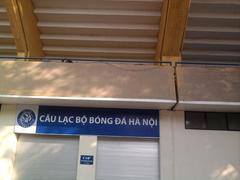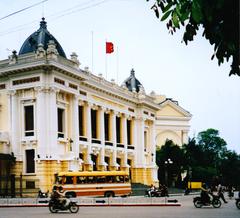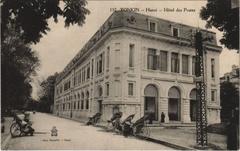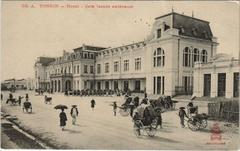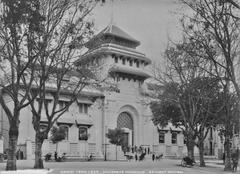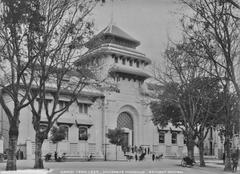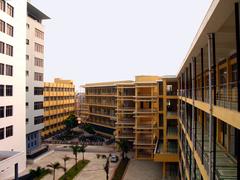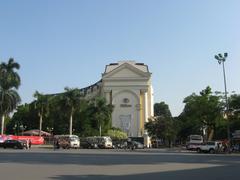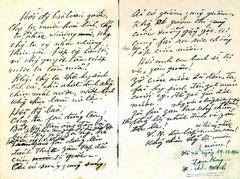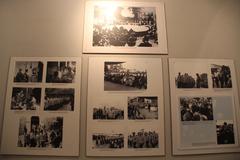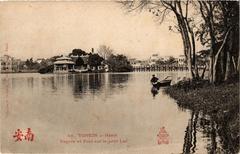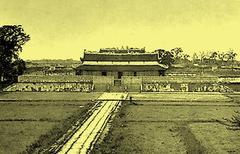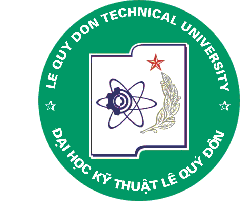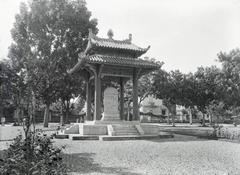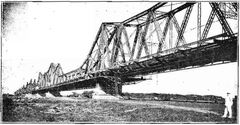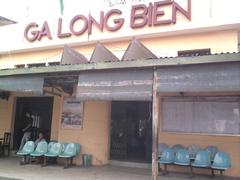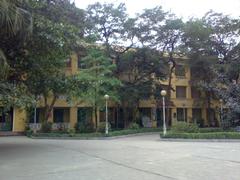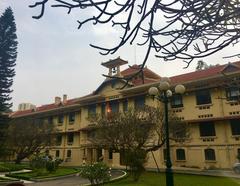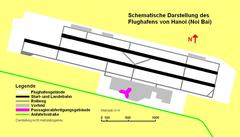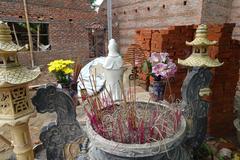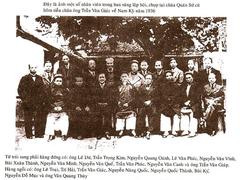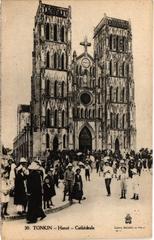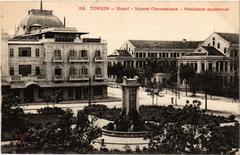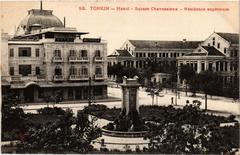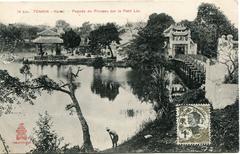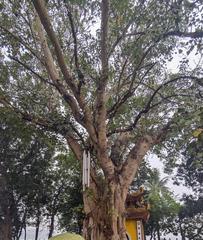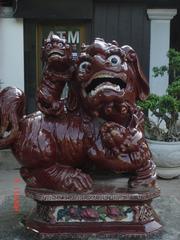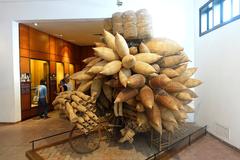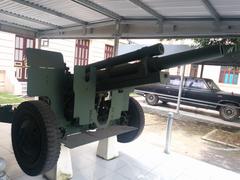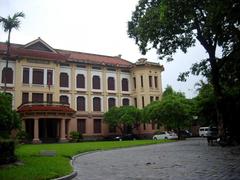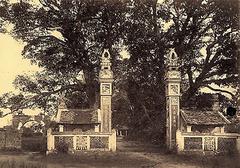Yen Vien Railway Station Hanoi Vietnam: Visiting Hours, Tickets, and Comprehensive Travel Guide
Date: 15/06/2025
Introduction
Yên Viên Railway Station, nestled in Hanoi’s Gia Lâm District, is a cornerstone of northern Vietnam’s railway infrastructure. Established during the French colonial era, it has grown from a strategic outpost connecting Hanoi to its northern provinces and the Chinese border, into a vital passenger and freight hub. Today, Yên Viên Station bridges Vietnam’s rich rail heritage with ambitious modernization, serving as both a logistical nerve center and an emblem of urban evolution.
This detailed guide provides everything you need to plan your visit: from historical context and ticketing details to accessibility, nearby attractions, and future development plans. Whether you are a traveler, a railway enthusiast, or a commuter, this resource equips you to navigate Yên Viên Railway Station with confidence and insight. For real-time schedules, ticketing, and travel tips, trusted platforms and mobile apps like Audiala are invaluable (north-vietnam.com; VietnamPlus).
Table of Contents
- Introduction
- Historical Overview
- Visiting Yên Viên Railway Station: Hours, Ticketing, and Accessibility
- Train Services and Passenger Experience
- Nearby Attractions and Activities
- Architectural and Cultural Heritage
- Modernization and Digital Transformation
- Strategic Role in Hanoi’s Rail Network
- Yên Viên–Cái Lân Railway Project
- Frequently Asked Questions (FAQs)
- Visuals and Resources
- Summary and Visitor Recommendations
- References
Historical Overview
Colonial Foundations and Strategic Growth
Yên Viên Railway Station was established in the early 20th century by the French colonial administration. Its location was carefully selected to connect Hanoi with the industrial and agricultural heartlands of northern Vietnam, facilitating both domestic and cross-border movement.
Expanding Vietnam’s Railway Network
The station quickly became a critical node in several major lines:
- Hanoi–Đồng Đăng: Linking Hanoi to Lạng Sơn and onward to China.
- Hanoi–Quán Triều: Connecting to Thái Nguyên’s mining district.
- Hanoi–Lào Cai: Providing access to the northwest and Chinese border regions.
- Hanoi–Hạ Long/Quảng Ninh: Serving the coal-rich province and Hạ Long port.
Yên Viên’s extensive sidings and transfer facilities established it as a key logistics center for both freight and passengers.
Wartime and Post-War Transformation
During the First Indochina War and the Vietnam War, the station played a vital logistical role, enduring air raids but remaining operational to support troop and supply movements. Post-1975 reunification brought restoration and modernization, cementing the station’s role in economic recovery.
Visiting Yên Viên Railway Station: Hours, Ticketing, and Accessibility
Visiting Hours
- Open daily: 5:00 AM – 10:00 PM
- Note: Hours may adjust during holidays or special events; always check schedules in advance.
Ticketing
- Purchase options:
- At station ticket counters
- Online via official railway platforms and trusted travel apps
- Authorized travel agencies
- E-ticketing: Supported for most routes, streamlining the process (Vietnam Railways).
Accessibility
- Facilities: Ramps and designated areas for disabled travelers
- Recommendation: Contact the station ahead for special assistance
Getting There
- From Central Hanoi: 10–15 km northeast, accessible by taxi, ride-hailing, or local bus
- From other provinces: Yên Viên serves as a transfer and junction station
Train Services and Passenger Experience
Domestic and International Routes
- Hanoi–Lạng Sơn Line: Key passenger and freight connection to the Chinese border (Vietnam Railways)
- Hanoi–Quán Triều Line: Serving Thái Nguyên’s industrial centers
- Hanoi–Ha Long Line: Scenic access to Ha Long Bay (Vexere)
- Hanoi–Dong Dang–China: Direct international rail to China, facilitating trade and tourism (Travelfish)
Types of Trains
- Regional trains: Frequent, affordable, basic seating
- Express trains: Fewer stops, enhanced comfort
- International trains: Hard and soft seat options, border procedures apply
Facilities and Amenities
- Waiting rooms: Basic but sufficient seating
- Restrooms and food stalls: Limited; consider bringing your own supplies
- Luggage services: Porters available; limited storage
- Accessibility: Ground-level platforms; some mobility challenges remain
Ticket Prices and Timetables
- Domestic: 60,000–120,000 VND (e.g., Yên Viên–Lạng Sơn)
- International: Higher fares, visas and separate documentation required
- Frequency: 1–3 daily for most lines, more during peak travel seasons
Nearby Attractions and Activities
- Long Biên Bridge: Historic French-built structure, ideal for photos
- Gia Lâm Market: Bustling local market for authentic Vietnamese fare
- Bát Tràng Village: Renowned for traditional pottery, short trip from the station
Special Events and Tours
Heritage rail tours and occasional cultural events are held at or near the station. Check with local tour operators or the tourism office for up-to-date offerings.
Photographic Opportunities
Capture the colonial architecture, vibrant platforms, and trains in motion—especially during early morning or late afternoon light.
Architectural and Cultural Heritage
Yên Viên’s colonial design—with its weathered platforms and vintage elements—offers a nostalgic window into Vietnam’s railway history. The station frequently appears in literature, cinema, and local photography, symbolizing both departure and reunion.
Modernization and Digital Transformation
The station is actively upgrading to support online ticketing, real-time service updates, and improved passenger management. While modernization continues, Yên Viên preserves its unique historical ambiance.
Strategic Role in Hanoi’s Rail Network
National and Regional Connectivity
Yên Viên is a principal gateway linking Hanoi to northern provinces, the Red River Delta, and China. Its integration with multiple lines enhances logistics and passenger mobility, supporting Hanoi’s role as an economic and transport hub (north-vietnam.com).
International Rail Links
As the launch point for cross-border services to China, Yên Viên enables direct rail commerce and tourism, and is set to play a greater role as Vietnam participates in pan-Asian transport initiatives.
Metro and High-Speed Rail Integration
Planned as a terminus and interchange for Hanoi’s urban metro Line 1 (Yên Viên–Ngọc Hồi), the station will connect with future high-speed rail and metro expansions, transforming it into a central urban node (VietnamPlus; Wikipedia).
Yên Viên–Cái Lân Railway Project
Project Overview
Approved in 2004, this 131-kilometer railway aims to link Yên Viên with Cái Lân Port in Quảng Ninh Province. While only the Hạ Long–Cái Lân segment is operational, the full route is crucial for economic development and freight logistics (baodautu.vn).
Current Status and Challenges
Construction beyond Hạ Long–Cái Lân is delayed due to funding and administrative issues, with renewed efforts underway to resume work by 2030.
Strategic Impact
Completion will:
- Reduce Hanoi–Quảng Ninh travel times
- Boost regional logistics and tourism
- Integrate with national railway and metro plans
- Support sustainable development by shifting cargo from road to rail
Frequently Asked Questions (FAQs)
Q: What are the visiting hours of Yên Viên Railway Station?
A: 5:00 AM – 10:00 PM daily; check schedules for updates.
Q: How do I buy tickets?
A: At the station, online via official platforms, or through authorized agencies.
Q: Is the station accessible for people with disabilities?
A: Yes, though advance notice is recommended for assistance.
Q: What attractions are nearby?
A: Long Biên Bridge, Gia Lâm Market, and Bát Tràng Pottery Village.
Q: Is the entire Yên Viên–Cái Lân railway operational?
A: Only the Hạ Long–Cái Lân segment is currently running; full completion is expected by 2030.
Visuals and Resources
Images use alt tags such as “Yên Viên Railway Station visiting hours” and “Yên Viên Railway Station tickets” for accessibility.
Summary and Visitor Recommendations
Yên Viên Railway Station stands at the crossroads of history and progress. Its enduring legacy as a colonial-era junction is matched by its evolving role in Hanoi’s ambitious rail and metro expansions. Visitors benefit from accessible ticketing, reasonable visiting hours, and proximity to significant cultural sites. As modernization continues, Yên Viên remains a symbol of Vietnam’s commitment to sustainable, efficient, and connected transportation.
For the best experience:
- Use official and trusted ticketing sources
- Arrive early, especially during peak periods
- Consider combining your rail journey with nearby cultural attractions
- Stay updated via the Audiala app for real-time information
References and External Links
- Yên Viên Railway Station: Visiting Hours, Tickets & Historical Significance in Hanoi, 2025 (north-vietnam.com)
- Yên Viên Railway Station: Visiting Hours, Tickets, and Its Strategic Role in Hanoi’s Rail Network, 2025 (VietnamPlus)
- Yên Viên Railway Station: Visiting Hours, Tickets, and Travel Guide in Hanoi, 2025 (Vexere)
- Discovering the Yên Viên–Cái Lân Railway: History, Travel Tips, and Visitor Guide, 2025 (baodautu.vn)
- Hanoi Metro, 2025 (Wikipedia)
For interactive maps, visual guides, and more travel advice, visit our website or download the Audiala app. Connect with us on social media for the latest travel news and inspiration.


